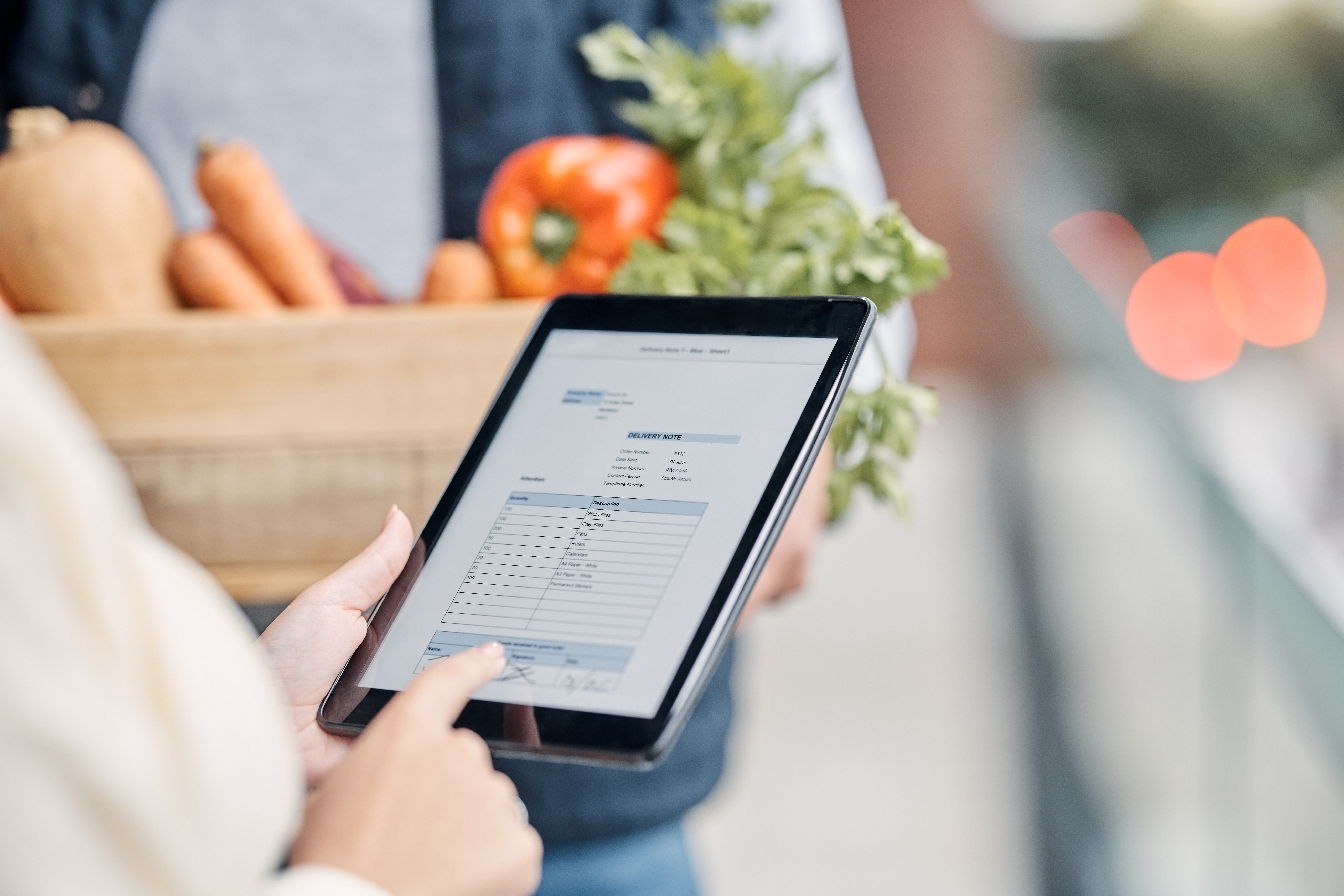Contents
Mandatory E-Invoicing for 4,000 Businesses with RM 100 Million Turnover

Understanding e-Invoice
At its core, an e-Invoice is a paperless and electronically generated representation of commercial transactions between suppliers and buyers. This digital document eliminates the need for physical or electronic invoices, credit notes, and debit notes, providing a unified and eco-friendly invoicing process. Crucial information, such as supplier and buyer details, item descriptions, quantities, prices (excluding tax), applicable taxes, and the total amount, is captured in the e-Invoice. This comprehensive data makes it an invaluable tool for recording and managing essential transaction details in daily business operations.
E-Invoicing differs from a human-readable PDF invoice as it utilizes a machine-readable format. In the case of Malaysia’s LHDN e-Invoicing, only machine-readable file types such as XML and JSON are accepted, while formats like PDF, DOC, JPEG, or email are not permissible.
Each invoice must undergo a validation process by the Inland Revenue Board (IRB) through LHDN before it can be officially generated as a verified invoice for your customer. The validation conducted by IRBM includes the verification of the Taxpayer Identification Number (TIN) and the compliance of the e-Invoice with prescribed data structures and formats. Once the e-Invoice is successfully validated, the supplier is obligated to share the approved e-Invoice with the buyer. This sharing process involves embedding a validated link, provided by IRBM, in the form of a QR code on the e-Invoice. The QR code serves as a means to verify the presence and status of the e-Invoice through the MyInvois Portal.
What is TIN?
In Malaysia, a Tax Identification Number (TIN), also referred to as “Nombor Pengenalan Cukai,” serves as a distinctive identifier allotted to individuals and organizations officially registered as taxpayers under the jurisdiction of the Inland Revenue Board of Malaysia (IRBM). This TIN number plays a crucial role for the IRBM in the recognition of taxpayers and the meticulous management of their tax-related documentation. Furthermore, it is an indispensable tool in the IRBM’s efforts to oversee taxpayer adherence to tax regulations and to uncover instances of tax evasion.
The Inland Revenue Board of Malaysia (LHDN) has made a recent announcement regarding the modification of the format for Tax Identification Numbers (TINs) for taxpayers in Malaysia. This updated format is set to become effective starting from January 1, 2023.
The previous TIN format consisted of either a 12 or 13-digit sequence. The initial one or two characters denoted the taxpayer category, such as “SG” for individual residents or “C” for corporations, while the subsequent digits served as a distinctive identifier for the respective taxpayer.
The new TIN format will entail a 13-digit code, with the first two letters being “IG,” signifying “Individual taxpayer.” The remaining 11 digits will remain identical to the previous TIN numbers.
Benefits of e-Invoice
1. Unified Invoice Process: By digitizing the invoicing process, e-Invoice enables seamless and standardized transactions, leading to improved communication between suppliers and buyers.
2. Facilitated Tax Return Filing: Automated data entry and accurate recording of tax-related information simplify tax return filing, reducing the likelihood of errors and improving compliance.
3. Streamlining of Operations: Faster invoice processing and reduced manual intervention streamline internal operations, allowing businesses to focus on core activities.
4. Digitized Financial Reporting: With e-Invoice, businesses can generate digital financial reports more efficiently, enhancing financial visibility and analysis.

Overview of e-Invoice Implementation
1. MyInvois Portal: Hosted by the tax authorities, the MyInvois Portal allows individual e-Invoice generation through a comprehensive form. It also provides the option for batch generation via spreadsheet uploads, making it suitable for businesses with multiple transactions. The portal is accessible to all taxpayers and is especially beneficial for micro, small, and medium-sized enterprises (MSMEs) with lower transaction volumes.
2. Application Programming Interface (API): The API is tailored for large taxpayers or businesses with substantial transaction volumes. It facilitates the convenient transmission of high volumes of e-Invoices, though it may require initial technology investment and system adjustments. Nevertheless, the API offers unmatched efficiency for businesses dealing with significant transaction volumes.
e-Invoice Implementation Timeline
The timeline takes into account turnover or revenue thresholds, providing businesses with sufficient time to adapt:
1 June 2024
- Taxpayers with an annual turnover or revenue exceeding RM100 million
1 January 2025
- Taxpayers with an annual turnover or revenue exceeding RM50 million, up to RM100 million
1 January 2026
- Taxpayers with an annual turnover or revenue exceeding RM25 million, up to RM50 million
1 January 2027
- All taxpayers and certain non-business transactions

Conclusion
For any inquiries, please don’t hesitate to reach out to us at Biztory or check out our latest information at our website https://biztory.com.my/ . If your business is considering transitioning to digital accounting, feel free to get in touch with us to explore further details. We look forward to assisting you on your journey towards a more efficient and streamlined accounting experience.
